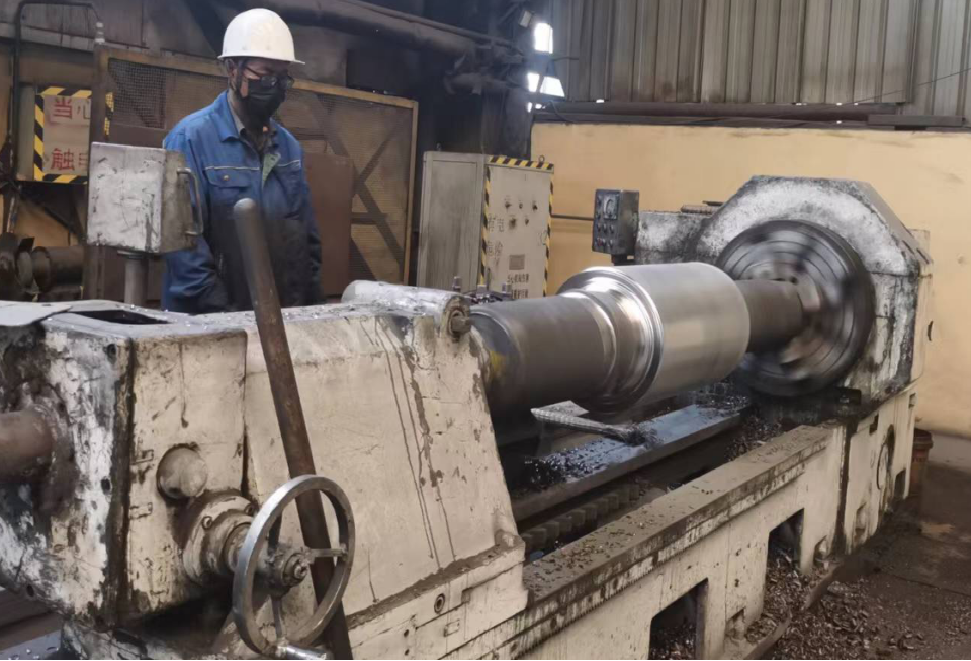In the field of metal rolling processes, hot rolls, backup rolls and work rolls play a vital role in ensuring process quality and efficiency. These three components work together to shape and refine the metal material, making them critical to the success of the entire operation.
Hot rolls are an integral part of the metal rolling process as they are responsible for heating the metal to the temperatures required for shaping and forming. The temperature of the hot rollers is carefully controlled to ensure optimal ductility of the metal, making it easier to handle and form. Without hot rollers, it would be nearly impossible to achieve the required shaping and shaping of metal.
Once the metal is heated to the right temperature, it passes through work rolls, which are responsible for shaping the material. Work rolls are designed with specific profiles and configurations to obtain the desired end product, whether it is flat sheets, shaped bars or seamless tubes. The accuracy and quality of the work roll directly affect the quality and accuracy of the final product.
While hot and work rolls play a vital role in the shaping and forming of metal, backup rolls provide the necessary support and stability to the entire process. Backup rollers work in conjunction with the work rollers to provide additional pressure and support to ensure the metal is formed correctly. Without support rolls, the work rolls would not be able to effectively shape and form the metal, resulting in inconsistencies and defects in the final product.
In summary, hot rolls, backup rolls and work rolls are important components in the metal rolling process. Each component plays a unique and important role in ensuring the quality, efficiency and accuracy of the process. By understanding the importance of these components, manufacturers and engineers can work to optimize their metal rolling operations for superior results.
Post time: Feb-28-2024
